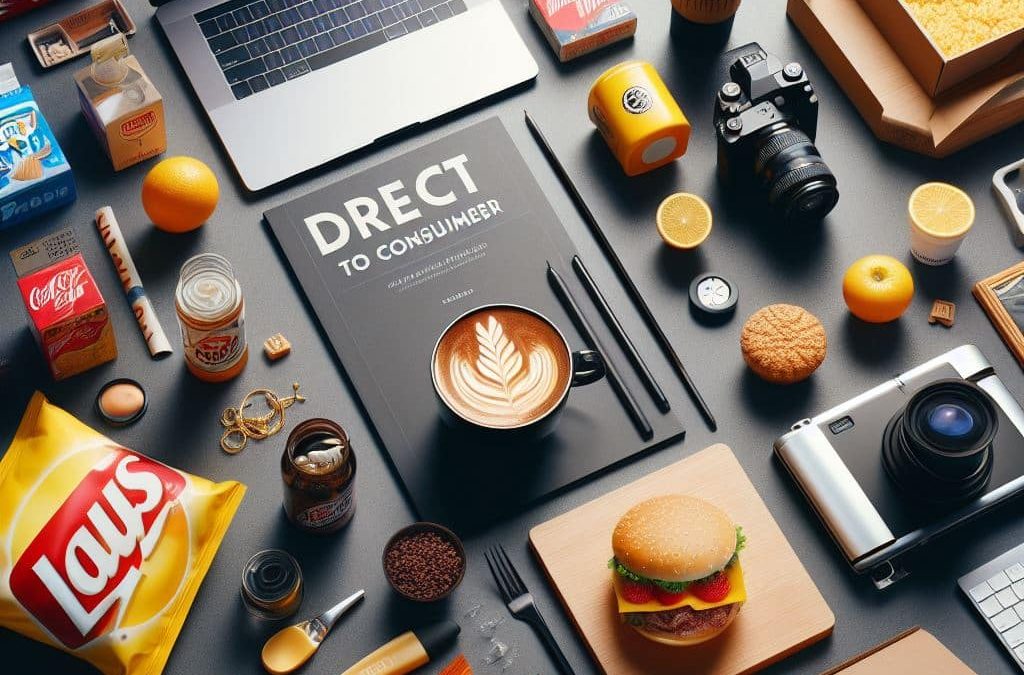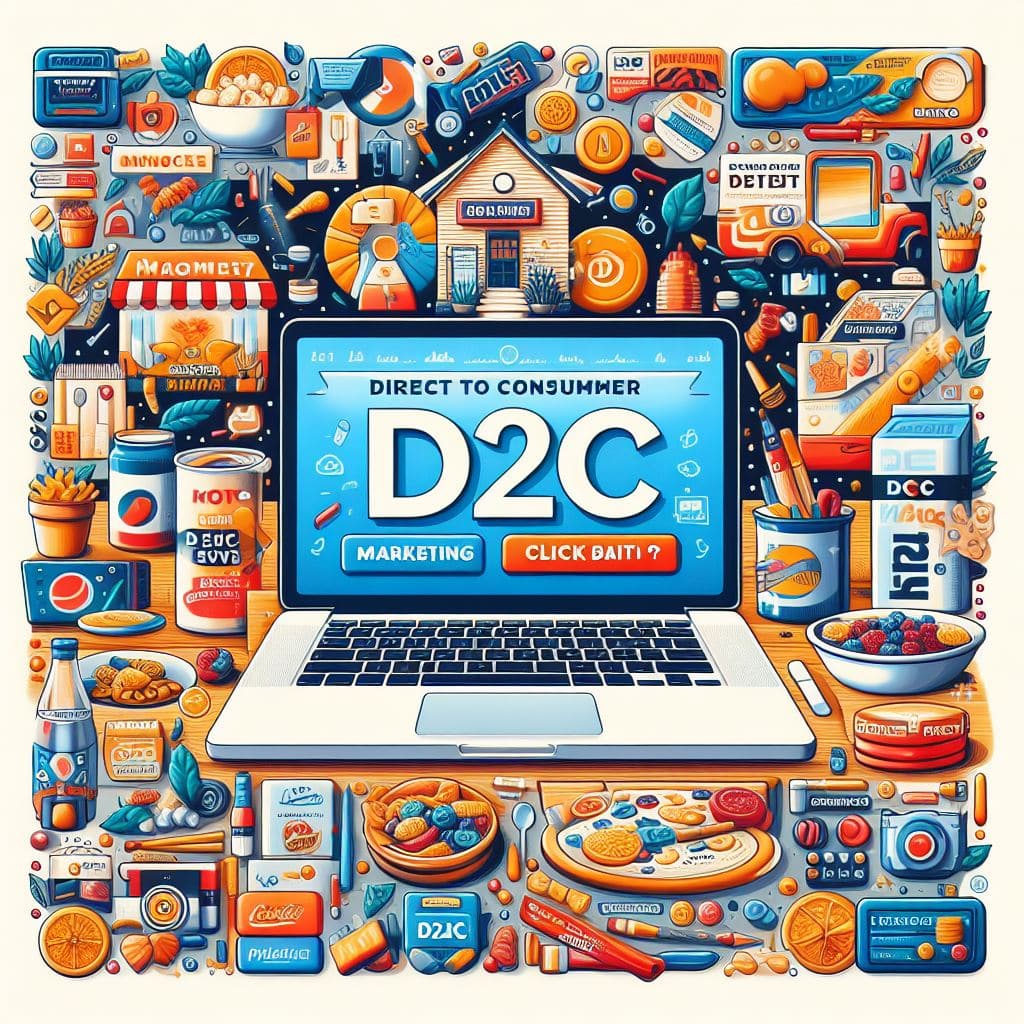
What is Direct to Consumer (D2C) Marketing?
Clients often ask me to explain the concept of direct-to-consumer (D2C) marketing. This unique approach is gaining major traction across many industries, from apparel to food and beyond.
In this blog post, I’ll provide an overview of what D2C entails, how it differs from traditional models, key benefits and challenges brands should consider, and some successful examples. My goal is to offer straightforward insights that brands and marketers can apply when evaluating if a D2C strategy is right for them.
What is Direct to Consumer Marketing?
At its core, direct-to-consumer marketing refers to brands selling products directly to customers without any intermediate retailers or third-party distributors involved.
I develop messaging and campaigns focused on engaging the end consumer rather than retail partnerships. This allows brands to own the full customer experience.
D2C gives brands complete control over product development, branding, promotions, order fulfilment, and customer service. Brands also collect first-party data they can analyze to refine product offerings and marketing.

What is Direct to Consumer (D2C) Marketing?
How D2C Marketing Differs from B2C
Traditional business-to-consumer marketing relies heavily on selling through retail channels before reaching the end customer. While convenient, this B2C approach limits a brand’s control and visibility into who its customers are.
In the D2C space, the brands I work with favour direct interaction with customers from the initial sale through loyal, repeat purchases. D2C allows for an ongoing feedback loop to improve the customer experience.
Benefits of a Direct to Consumer (D2C) Approach
Full Brand Control and Ownership
I’ve seen through my D2C work how much control brands gain over their identity, reputation, and messaging when selling directly to consumers.
There is no retailer gatekeeper deciding how products appear on shelves or whether promotions align with their incentives. D2C enables transparent communication with the target audience from the brands themselves.
Direct Access to Customer Data and Feedback
One major advantage I emphasize is the wealth of customer data D2C unlock compared to B2C models.
When engaging customers directly, brands can better understand buyer behaviour and leverage this insight to enhance products as well as create personalized marketing campaigns.
The customer also benefits from sharing feedback directly with the brand.
Stronger Customer Loyalty and Relationships
With first-party data fueling improvements and transparent communication, customers often feel more connected with D2C brands.
This builds loyalty over time through a cycle of listening to customer needs and adapting accordingly at every touchpoint.

Challenges with D2C Marketing (Direct to Consumer)
When consulting with brands exploring D2C, I make sure to outline common growing pains that I’ve observed with this business model from working on various client projects over the years. The hands-on approach does come with distinct challenges.
Supply Chain Management
Brands accustomed to retail partnerships handling distribution and inventory now need to take on fulfilment demands internally. This includes warehousing, order processing, delivery coordination and more.
For small brands entering D2C, this steering of the entire supply chain takes considerable oversight.
Lower Conversion Rates
One tradeoff I cover is that the highly targeted nature of D2C comes with lower conversion rates compared to widespread retail distribution.
However, the customers captured compensation in loyalty and lifetime value. This means D2C brands must master direct marketing rather than rely on foot traffic.
Increased Expertise Required
D2C brands also take on skills like digital marketing, customer support, and technology integration, which retailers previously covered. From writing blogs to post-sale emails, brands have more components to manage.
Examples of Successful D2C Brands
When advising brands on D2C, I like to spotlight innovators who show the model can thrive across industries when executed effectively.
Dollar Shave Club
This brand took on the market leader in razors through an online subscription model with convenience and cost savings. Viral marketing propelled rapid growth fueled by customer data.
Casper
By selling directly to consumers, Casper streamlined mattress shopping and shipping while resonating through inventive, experience-driven marketing.
Blue Apron
As an early pioneer in meal kits, Blue Apron used the D2C approach to demonstrate scalability in coordinating specialized inventory and convenient delivery.
Closing Thoughts on D2C Marketing
This overview gives brands and marketers a clear sense of the unique D2C model. While hands-on, it enables unmatched control and customer relationships.
I’m here to support any business exploring if direct outreach to consumers is their best next move by clarifying how a D2C shift would realistically unfold. Please reach out if my expertise can help guide your strategy.





